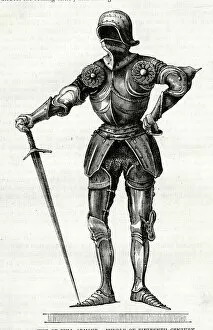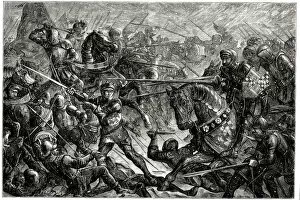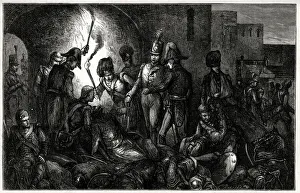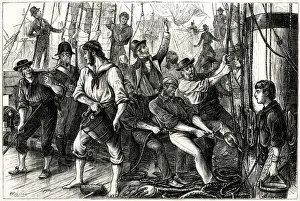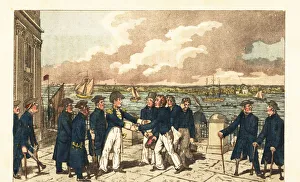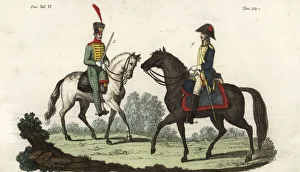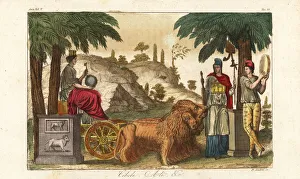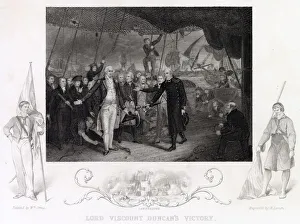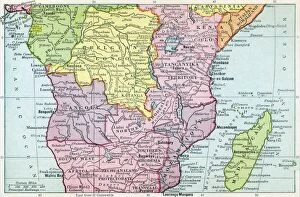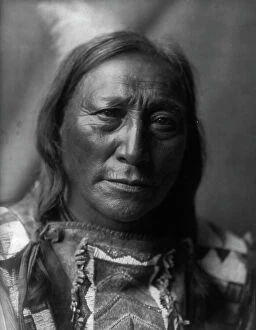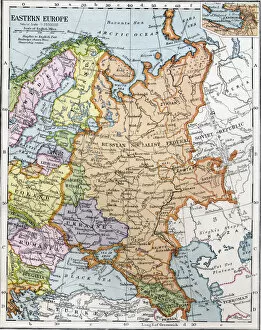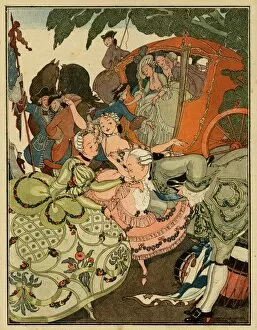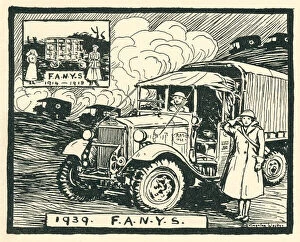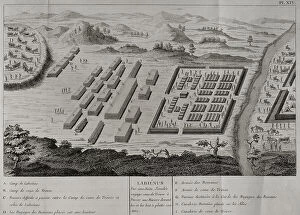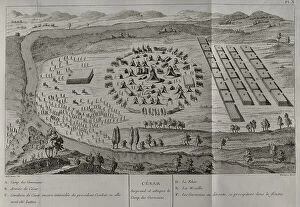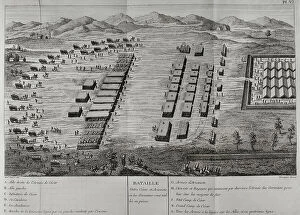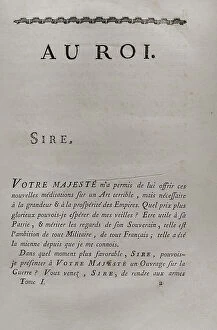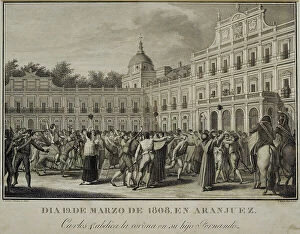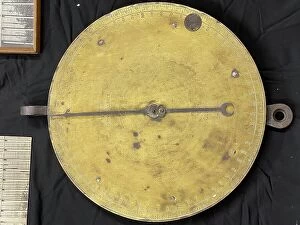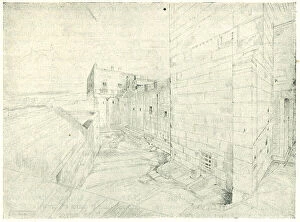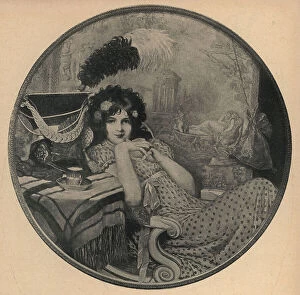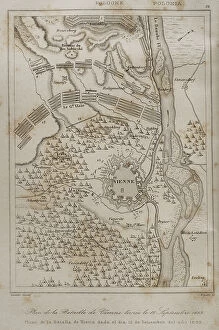Wars Collection (page 7)
"The Battle of Waterloo: A Historic Clash that Shaped Nations" In the annals of history, few battles have left such an indelible mark as the Battle of Waterloo
All Professionally Made to Order for Quick Shipping
"The Battle of Waterloo: A Historic Clash that Shaped Nations" In the annals of history, few battles have left such an indelible mark as the Battle of Waterloo. On June 18, 1815, amidst the rolling fields and muddy terrain near the Belgian village of Waterloo, a clash for supremacy unfolded. It was here that empires collided and destinies were decided. One iconic moment etched in memory is "The Last Stand of the Imperial Guards at Waterloo. " These fearless soldiers fought with unwavering loyalty until their last breaths, defending their emperor's honor against overwhelming odds. Their sacrifice became a symbol of resilience and courage in the face of certain defeat. Another unforgettable scene from this historic battle was "Scotland for Ever. The charge of the Scots Greys at Waterloo. " With bagpipes blaring and kilts billowing in defiance, these Highland warriors charged into battle with unmatched ferocity. Their bravery echoed through time as they fearlessly faced enemy lines to secure victory. Amidst chaos and carnage, one cannot overlook "the Defence of Chateau de Hougoumont - Battle of Waterloo. " This fortified stronghold stood as a bastion against relentless attacks. Its defenders valiantly held their ground against Napoleon's forces, turning back wave after wave to protect their comrades-in-arms. And who can forget "Death of Nelson (West)"? Admiral Horatio Nelson's demise during the Napoleonic Wars remains an enduring testament to his leadership on sea. His final moments aboard HMS Victory inspired generations with his immortal words: "England expects that every man will do his duty. " From Europe to Asia, conflicts raged on various fronts like "Napoleonic / Leipzig Batt" or even closer home during the "Battle of Sobraon 1846". Each engagement had its own significance – shaping borders or altering power dynamics forever. As we reflect upon these chapters in human history, it is crucial to remember the sacrifices made and lessons learned.


